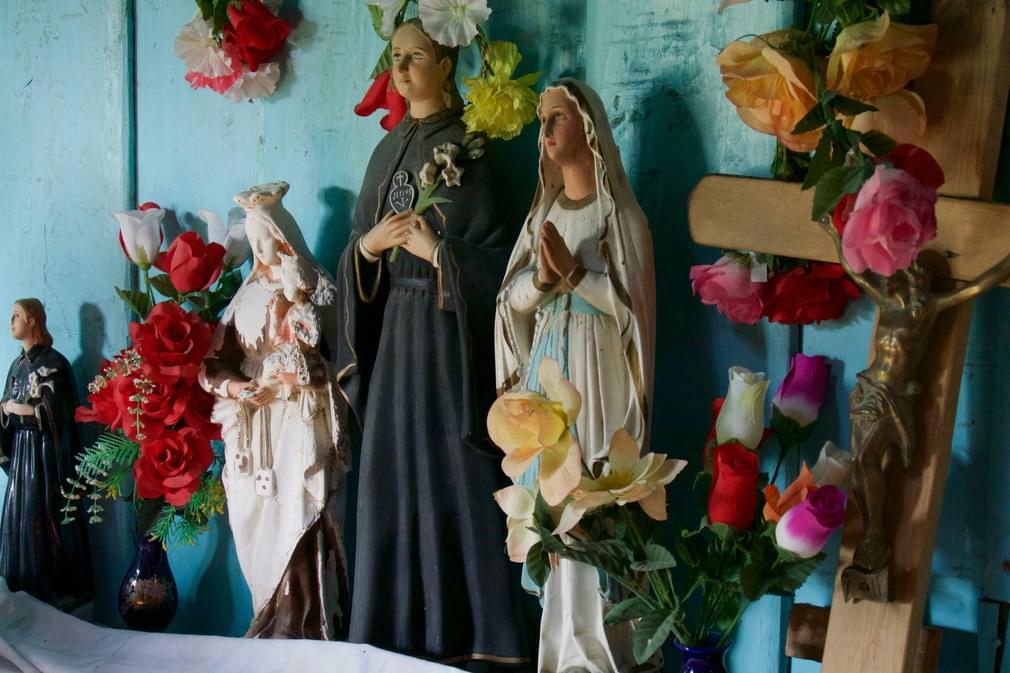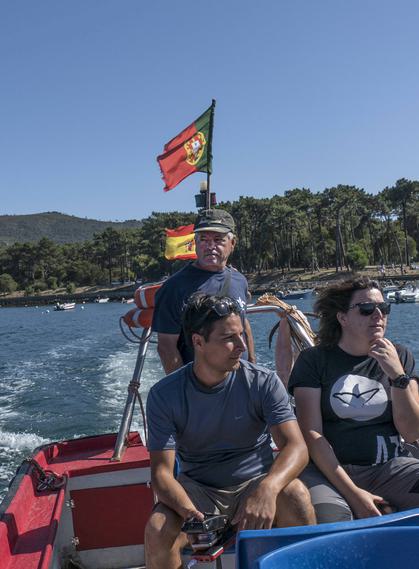The best end of year traditions in Spain & Latin America

Spain and Latin America are home to a wide range of mixed cultures and diverse populations. Therefore, these countries have adopted their own Christmas traditions, tweaking the rituals and customs with some distinctive and surprising results.
Here we select some of the most popular and novel of these celebrations. Why not pick a few your favourites below to create your own Hispanic festivities.
Inocentadas, Spain
December 28th is Innocents' Day, when Spaniards play ‘inocentadas’ (pranks or practical jokes). Similar in spirit to April Fools' Day, people play tricks on friends and relatives. When they fall for it, the joker says: ‘Inocente, inocente!’ (‘Innocent, innocent!’). The newspapers and other media are in on the joke as well, always reporting some fake stories for people to enjoy.
Hogueras, Spain
The celebration of ‘Hogueras’ is one particular Spanish Christmas tradition that you probably won’t see anywhere else. Dating from pre-Christian, pagan times, Hogueras celebrates the winter solstice on December 21st and the traditional beginning of winter. People jump through bonfires for symbolic protection against illness. This one is a must-see if you are spending your holidays in Spain.
Caganer, Spain
Perhaps the strangest Spanish Christmas Traditions is from Catalonia. Historically, the ‘Caganer' is a log, with a smiley face and legs. Hollowed out in the log is space for sweets to be hidden. So it’s the Caganer who comes down the chimney to be found in the fireplace on Christmas eve. Children then beat the log with a stick, chanting ‘Caga tiet caga’ (Poop, uncle, poop) until the sweeties spill out. And yes, this is real and still very much a common element of Catalan Christmases. The Caganer has also evolved into a porcelain figure representing a peasant defecating. They show up in the nativity scene. Apparently it symbolises good-luck. Nowadays there are caganers of famous people and political figures. So you might like to have Donald Trump in your nativity scene this year…
Año viejo, Ecuador
The ‘Año viejo’ or ‘old year’ (they call it old year, not new year in Spanish) is a very popular tradition on the 31st December in Ecuador. At midnight people burn ‘Monigotes’ which are special dolls made of old newspapers, clothes, straw and other materials. They are symbols of people and events from the passing year and are burned to say goodbye to the old year and welcome the new one.
Novenas/Posadas, throughout Latin America
Novenas or Posadas is a tradition which starts 9 days before Christmas, re-enacting Mary and Joseph's voyage to Bethlehem and their search for a place to stay. The idea is that every day people gather in homes, offices and parks to get involved in some singing, praying and general merriment. In Mexico this is also when people perform the famed Piñata-breaking tradition.
Gaitas, Venezuela
Different than the traditional ‘Aguinaldos’ and ‘Villancico’ (Christmas Carols), Gaita music is the most popular sound of Christmas in Venezuela. Rhyming vocals accompanied by four-string guitars and maracas give Christmas a lovely exotic atmosphere that we’re not really used to in the UK at this time of year.
Yemanjá, Brazil
The spiritual offering to the Ocean Goddess Yemanjá is a very popular tradition and one of the most stunning sights in Brazil. Thousands gather at the ocean’s edge throwing white flowers and sending candles floating out into the ocean in the hope that Yemanjá will grant their New Year’s wishes.
Santuranticuy, Peru
Every Christmas Eve Cusco’s Plaza de Armas becomes flooded as the ancient tradition of the Santuranticuy (‘Saints for sale’) market starts. Many stands are set up to display and sell everything you may need to assemble your nativity scene. This fair is really a showcase of Cusco’s spirit, tradition, culture, art and devotion where you’ll find Peru’s finest art and craft works.
Chocolatadas, Peru
One of the biggest traditions in Peru at Christmas-time are Chocolatadas. These gatherings take place in the weeks leading up to December 24th and involves handing out home-made hot chocolate, Panetón (cakes), and small gifts to children in schools, churches, communities, etc. Funnily enough, the children love it!
Get in touch Subscribe to The Pothole
The Pothole is Pura Aventura's popular monthly email. We share what we love, what interests us and what we find challenging. And we don't Photoshop out the bits everyone else does. We like to think our considered opinions provide food for thought, and will sometimes put a smile on your face. They've even been known to make people cry. You can click here to subscribe and, naturally, unsubscribe at any time.
The Pothole is Pura Aventura's popular monthly email. We share what we love, what interests us and what we find challenging. And we don't Photoshop out the bits everyone else does. We like to think our considered opinions provide food for thought, and will sometimes put a smile on your face. They've even been known to make people cry. You can click here to subscribe and, naturally, unsubscribe at any time.








 By
By